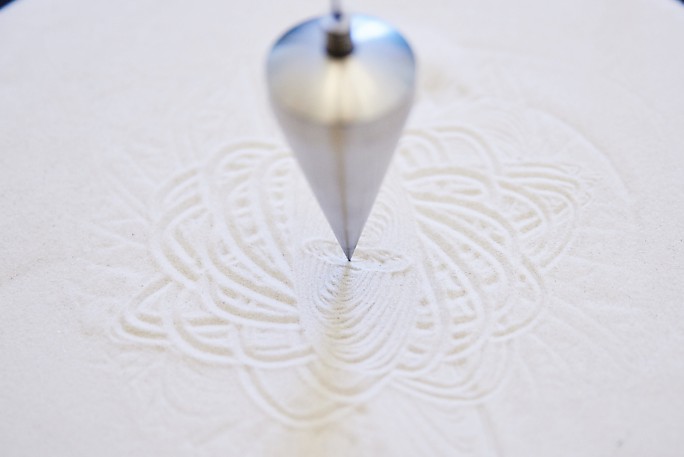Conservative cardiology – what is it?
Objectives
As an internist and cardiology specialist I look at heart disease in the context of other internal
organs.
In terms of cardiac diagnostics and care my objective is to provide my patients with the most
effective treatment and care possible so that the body is given what it needs the most to heal
itself. In this way patients with heart or vascular diseases can look forward to excellent
quality of life without pain or afflictions.
Diagnostics
A detailed medical interview and a thorough physical exam are essential diagnostic tools.
Added to this are additional laboratory tests and non-invasive examinations. To carry out
these exams, the practice has, among other things, a state-of-the-art high resolution 4D
ultrasound scanner. With this device it is possible to evaluate the pumping ability of the heart
and the heart valve, and the vitality and elasticity of the heart muscle.
To depict coronary blood vessels, a CAT scan with a contrast agent can now be used in many
cases to replace a diagnostic cardiac catheter when looking for signs of coronary heart
disease.
Inflammatory changes or concealed scars on the myocardial muscle can be seen in cardiac
MRIs using a contrast agent.
Therapy
In conservative cardiology, diagnostics and treatment of heart diseases are carried out without
invasive surgery using intracardiac catheters and stents or other implants.
Using pharmaceuticals, adequately treating any underlying diseases, and changing harmful
lifestyle habits, conservative therapy is on par with – or even better than – invasive treatments
(Courage Trial, compare Scandinavia/Germany or Canada/USA).
Normalizing nutritional risk factors (blood fat, blood sugar, weight), improving blood
pressure, reducing stress, and regular health physical exercise are all important places to
begin.
Preventative measures and generally improving vitality are important components of the
conservative treatment philosophy. A heart that is already ill does not need to become more so
since it is always possible to cure or arrest the disease, even in older patients.
The objective of conservative cardiology is therefore to avoid implants or heart surgery where
it is not clearly the best option. Instead, treatment is carried out with pharmaceuticals and by
promoting the health of the entire organism; suitable sports and active exercise therapy are
essential components.
Each patient is therefore given an individual treatment plan based on an assessment of overall
health and their own specific environment.

 06192 - 200 32 35
06192 - 200 32 35
